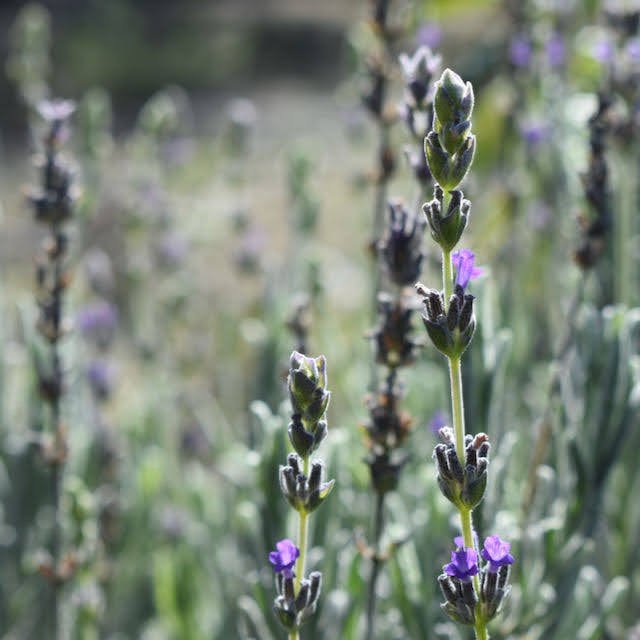Garden Highlight: Herb - Lavender
Step into the soothing and fragrant world of Lavender, a perennial favorite known for its beauty and versatility.
Lavender Explored: A Symphony of Fragrance and Color Lavender (genus Lavandula) is celebrated for its lovely fragrance, striking purple blooms, and silvery-green foliage. This Mediterranean native is not just a sensory delight in gardens and landscapes but also a staple in aromatherapy, culinary arts, and herbal remedies. Its ability to thrive in a variety of settings makes it a favorite among gardeners worldwide.
Growing Essentials: Cultivating Lavender in Your Garden
Seed Starting: Growing Lavender from seeds can be challenging; it's often easier to start with young plants or cuttings. Plant in early spring or fall.
Planting in California: Plant in a spot with full sun and well-draining soil. Lavender thrives in California's climate, especially the warmer, drier areas.
Care Requirements: Requires minimal watering once established. Avoid overwatering to prevent root rot.
USDA Zones Compatibility: Best suited for zones 5-9.
Maturity Timeline: Generally flowers in its second year and can be harvested once the buds are formed, but before they fully open.
Plant Type and Frost Tolerance: A hardy perennial that tolerates mild frost.
Growth Pattern: Forms neat bushes typically ranging from 1 to 3 feet tall and wide, depending on the variety.
Diverse Varieties of Lavender: From Classic to Unique
English Lavender (Lavandula angustifolia): Known for its sweet fragrance, ideal for culinary uses and essential oils.
French Lavender (Lavandula stoechas): Recognizable by its distinct "bunny ears" top petals, more decorative.
Spanish Lavender (Lavandula stoechas subsp. pedunculata): With tufted blooms, it’s excellent for landscapes and attracting pollinators.
Portuguese Lavender (Lavandula latifolia): Offers a more pungent scent, commonly used in potpourris and sachets.
Lavender’s Benefits: A Multifaceted Herb
Culinary Uses: Adds a floral, slightly sweet flavor to dishes, from baked goods to savory recipes.
Aromatherapy and Medicinal Uses: Valued for its soothing properties, often used in essential oils, soaps, and lotions.
Ornamental Value: Adds elegance to gardens, borders, and pots with its beautiful blooms and foliage.
Companion Planting: Lavender’s Friendly Neighbors
Beneficial Companions: Pairs well with other Mediterranean herbs like rosemary and sage. Its scent can help repel deer and rabbits.
Avoid Planting With: Avoid overly water-needy plants, as Lavender prefers drier conditions.
Harvesting Lavender: A Fragrant Affair
Harvesting Techniques: Harvest in the morning when oils are most concentrated. Cut stems just above the leaves.
Propagation: Propagates easily from cuttings or by dividing mature plants.
Storage and Preservation: Dry the flowers for long-term use in sachets, potpourris, or cooking.
Overcoming Gardening Challenges: Lavender’s Resilient Nature
Common Pests/Diseases: Generally pest-free. Root rot can occur in overly wet conditions.
California-Specific Growing Tips: Lavender loves the sun and heat. In coastal areas, ensure it’s planted in a well-draining spot and receives full sun.
Lavender’s Timeless Elegance: A Garden and Home Essential The appeal of Lavender lies in its multifaceted uses and its effortless elegance. Whether it’s adding a calming presence to your garden, enhancing your culinary creations, or infusing your home with its soothing scent, Lavender is an indispensable herb for any enthusiast.







